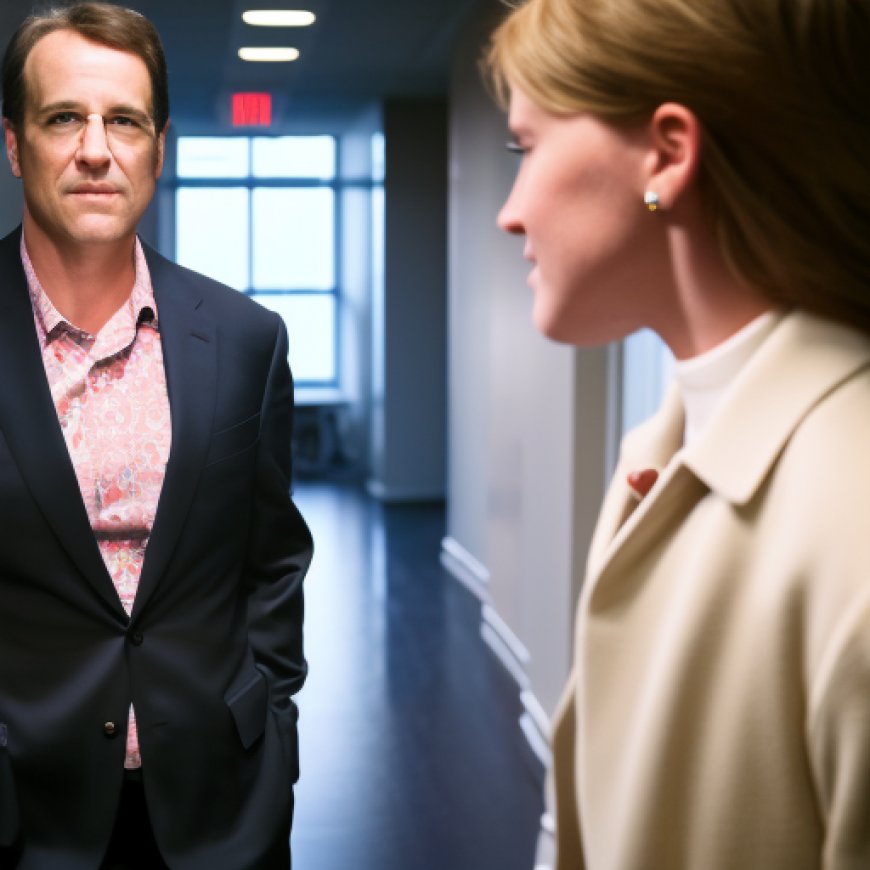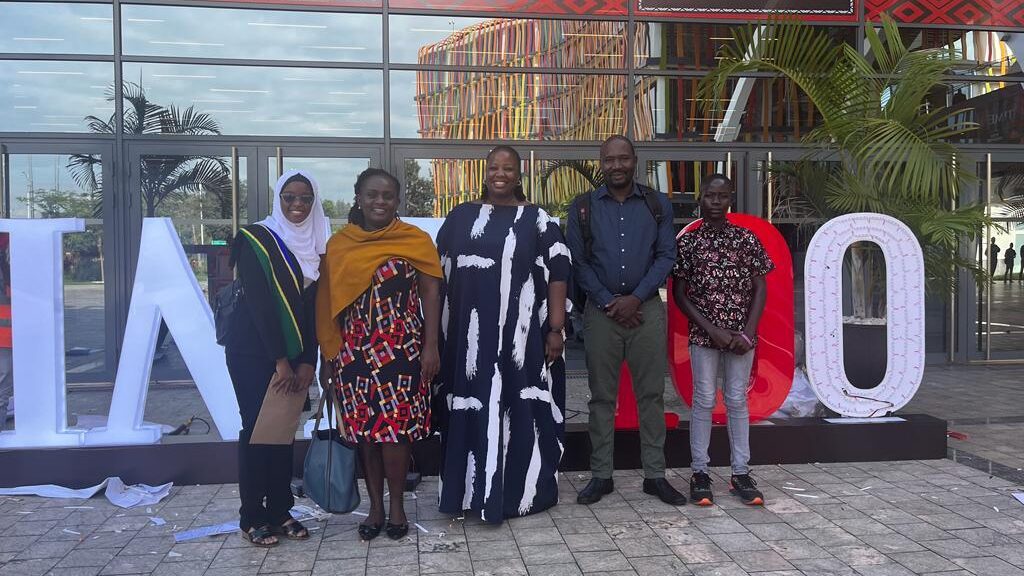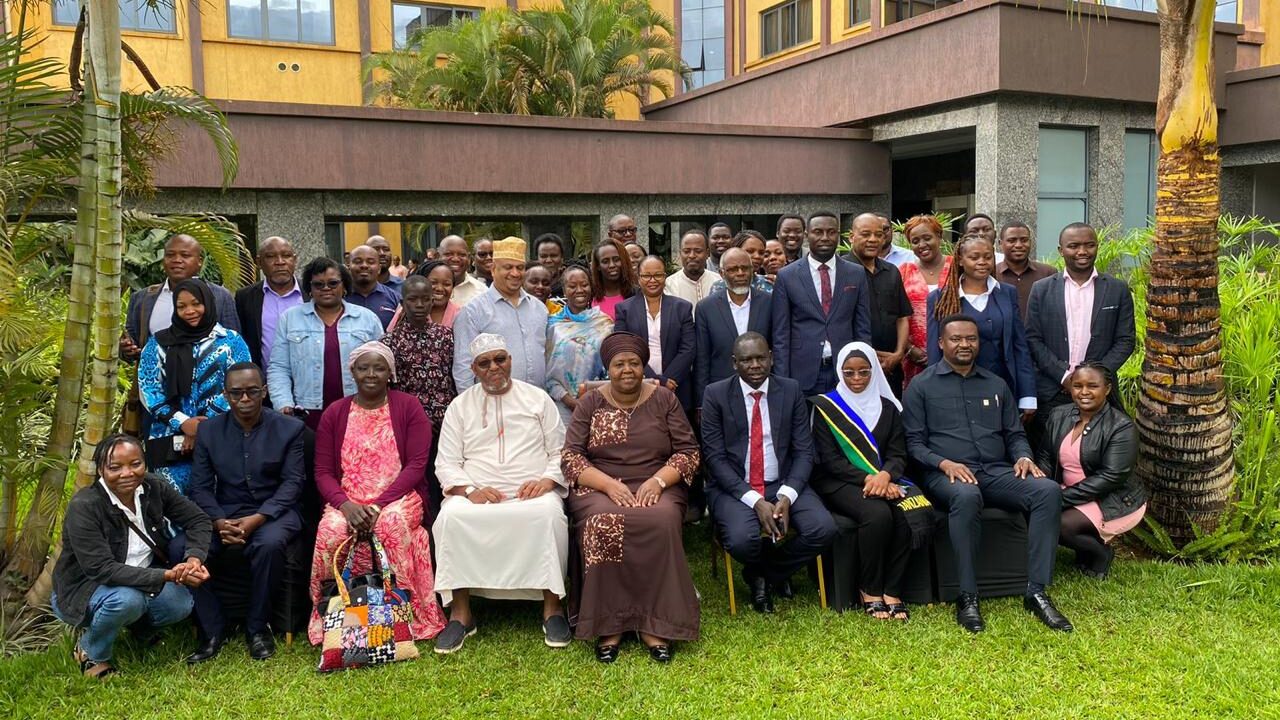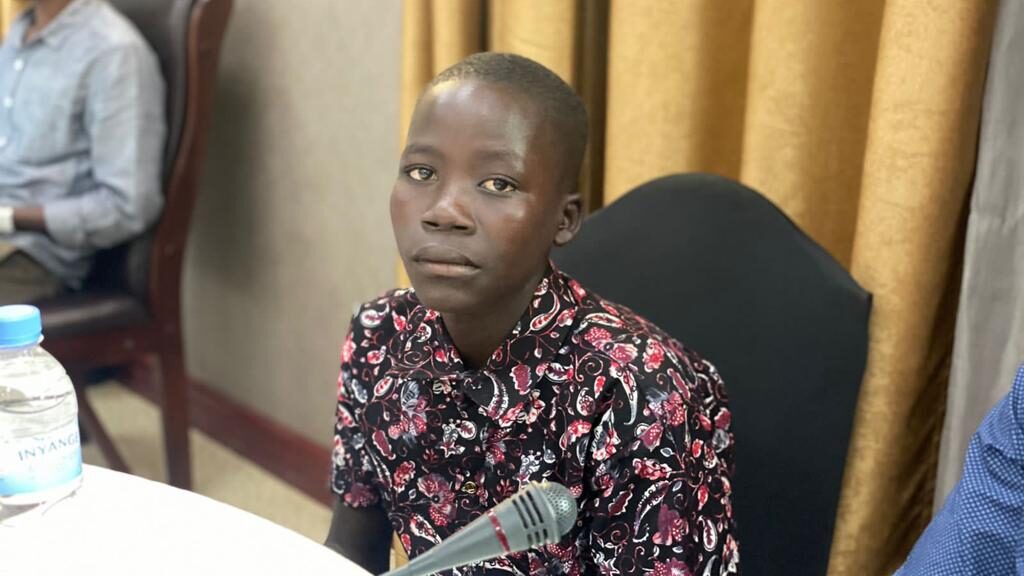Adolescent Voices Matter: The Inspiring Journey of Brian Kumakech, a 15-Year-Old Reproductive Health Champion | Center for Reproductive Rights


Report on Brian Kumakech’s Advocacy at the East African Legislative Assembly
In a powerful demonstration of youth advocacy, Brian Kumakech, a 15-year-old from Madi-Okollo District in Uganda’s West Nile region, recently made a significant impact at the East African Legislative Assembly (EALA) in Kigali, Rwanda. Representing the voice of his peers, Brian challenged legislators on the East African Community Sexual and Reproductive Health Bill, 2021 (EAC SRH Bill, 2021), which aims to enhance sexual and reproductive health rights across East Africa.
The EAC SRH Bill, 2021
The EAC SRH Bill, 2021, is a critical component of the East African Community’s effort to implement its Sexual and Reproductive Health Rights Strategic Plan 2015-2030. The recent transition to the 5th Parliament and the induction of new members to the Committee on General Purpose necessitated an orientation to fully grasp the bill’s objectives. This meeting in Kigali was designed to raise awareness about the bill among new committee members and regional stakeholders, garner support and endorsement for the bill, establish consensus among diverse stakeholders, and identify EALA and regional champions to advocate for the bill ahead of its second reading.
SHE SOARS Project
The Center for Reproductive Rights, under the SHE SOARS project and in collaboration with its partners, aimed to enrich the proceedings by inviting adolescent boys and girls to share their personal experiences regarding sexual and reproductive health and rights (SRHR). Women and Rural Development Network (WORUDET), in close cooperation with the Naguru Teenage Information and Health Centre (NTIHC) and the Youth Focal Person for Madi-Okollo District, successfully identified and accompanied Brian to Kigali, Rwanda, for the meeting. His first flight was an emotional experience, filled with both anxiety and excitement. Upon arrival, Brian joined other adolescents from Rwanda and Tanzania to share their experiences at the EALA meeting.
Brian’s Story
Brian’s journey to becoming a SRHR champion began in challenging circumstances. From the subcounty of Pawor in Madi-Okollo district, Brian had his education interrupted by the COVID-19 lockdown. His father, a traditional fisherman, required Brian’s help in fishing, putting his education on hold. However, Brian’s determination to return to school was reignited through the support of the NTIHC. With their intervention, Brian re-enrolled in Pawor Primary School and is currently studying in primary six.
During the EALA meeting in Kigali, Brian delivered a compelling submission calling for establishing multiple access points for SRHR information, especially in rural areas; decriminalizing consensual sexual activity among adolescents; and ensuring proactive outreach by health centers to adolescents.
Brian highlighted that SRHR interventions often focus on girls, leaving boys underserved. His poignant question to the assembly, “How does a meeting like this help an adolescent boy like me and my other peers in Madi-Okollo?” resonated deeply with the legislators.
Brian’s participation at the meeting significantly boosted his confidence and understanding of SRHR issues. His interactions with peers from other countries broadened his perspective, enhancing his ability to advocate effectively. WORUDET, in collaboration with NTIHC, will continue to support Brian’s education and mentorship, preparing him to become a national SRHR champion. Brian was encouraged to share his story widely, especially during school holidays, to inspire other adolescents to speak out on SRHR issues.
The EALA meeting in Kigali provided a crucial platform for adolescent voices. Brian and his peers delivered impactful submissions, prompting a call to action from legislators. Designated as SRHR champions, these adolescents experienced life-long changes and set the stage for positive impacts on legislation.
Brian’s journey from a fishing village to advocating at an international forum underscores the importance of including young voices in SRHR conversations–and illustrates the potential for young people to influence policy that will affect their lives each day.
Photos from the Event
Related Posts
- Tanzania’s Policy Change Will Allow Pregnant Schoolgirls to Continue Their Education
- New Program in Africa to Improve Adolescents’ Access to Sexual and Reproductive Health Care and Rights
- Involving Adolescents in SRHR Conversations: Uganda Boy Speaks Before East African Assembly
SDGs, Targets, and Indicators in the Article
1. SDGs Addressed
- SDG 3: Good Health and Well-being
- SDG 4: Quality Education
- SDG 5: Gender Equality
- SDG 10: Reduced Inequalities
- SDG 17: Partnerships for the Goals
2. Targets Identified
- Target 3.7: By 2030, ensure universal access to sexual and reproductive health-care services, including for family planning, information and education, and the integration of reproductive health into national strategies and programs.
- Target 4.7: By 2030, ensure that all learners acquire the knowledge and skills needed to promote sustainable development, including through education for sustainable development and sustainable lifestyles, human rights, gender equality, promotion of a culture of peace and non-violence, global citizenship, and appreciation of cultural diversity and of culture’s contribution to sustainable development.
- Target 5.6: Ensure universal access to sexual and reproductive health and reproductive rights as agreed in accordance with the Programme of Action of the International Conference on Population and Development and the Beijing Platform for Action and the outcome documents of their review conferences.
- Target 10.2: By 2030, empower and promote the social, economic, and political inclusion of all, irrespective of age, sex, disability, race, ethnicity, origin, religion, or economic or other status.
- Target 17.17: Encourage and promote effective public, public-private, and civil society partnerships, building on the experience and resourcing strategies of partnerships.
3. Indicators Mentioned or Implied
- Indicator 3.7.1: Proportion of women of reproductive age (aged 15-49 years) who have their need for family planning satisfied with modern methods.
- Indicator 4.7.1: Extent to which (i) global citizenship education and (ii) education for sustainable development are mainstreamed in (a) national education policies; (b) curricula; (c) teacher education; and (d) student assessment.
- Indicator 5.6.1: Proportion of women aged 15-49 years who make their own informed decisions regarding sexual relations, contraceptive use, and reproductive health care.
- Indicator 10.2.1: Proportion of people living below 50 percent of median income, by age, sex, and persons with disabilities.
- Indicator 17.17.1: Amount of United States dollars committed to (a) public-private partnerships and (b) civil society partnerships.
Table: SDGs, Targets, and Indicators
| SDGs | Targets | Indicators |
|---|---|---|
| SDG 3: Good Health and Well-being | Target 3.7: By 2030, ensure universal access to sexual and reproductive health-care services, including for family planning, information and education, and the integration of reproductive health into national strategies and programs. | Indicator 3.7.1: Proportion of women of reproductive age (aged 15-49 years) who have their need for family planning satisfied with modern methods. |
| SDG 4: Quality Education | Target 4.7: By 2030, ensure that all learners acquire the knowledge and skills needed to promote sustainable development, including through education for sustainable development and sustainable lifestyles, human rights, gender equality, promotion of a culture of peace and non-violence, global citizenship, and appreciation of cultural diversity and of culture’s contribution to sustainable development. | Indicator 4.7.1: Extent to which (i) global citizenship education and (ii) education for sustainable development are mainstreamed in (a) national education policies; (b) curricula; (c) teacher education; and (d) student assessment. |
| SDG 5: Gender Equality | Target 5.6: Ensure universal access to sexual and reproductive health and reproductive rights as agreed in accordance with the Programme of Action of the International Conference on Population and Development and the Beijing Platform for Action and the outcome documents of their review conferences. | Indicator 5.6.1: Proportion of women aged 15-49 years who make their own informed decisions regarding sexual relations, contraceptive use, and reproductive health care. |
| SDG 10: Reduced Inequalities | Target 10.2: By 2030, empower and promote the social, economic, and political inclusion of all, irrespective of age, sex, disability, race, ethnicity, origin, religion, or economic or other status. | Indicator 10.2.1: Proportion of people living below 50 percent of median income, by age, sex, and persons with disabilities. |
| SDG 17: Partnerships for the Goals | Target 17.17: Encourage and promote effective public, public-private, and civil society partnerships, building on the experience and resourcing strategies of partnerships. | Indicator 17.17.1: Amount of United States dollars committed to (a) public-private partnerships and (b) civil society partnerships. |
Source: reproductiverights.org












